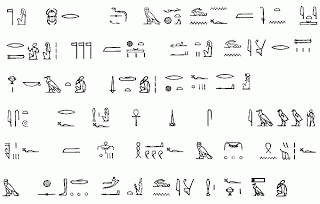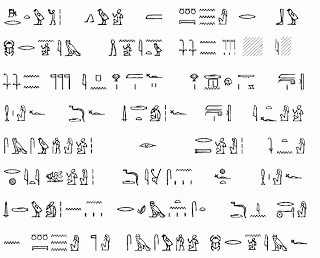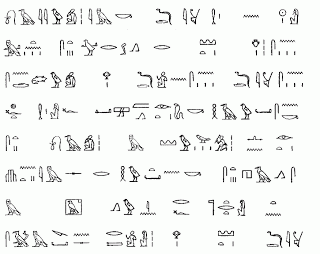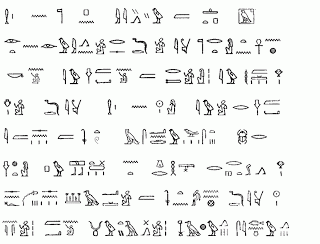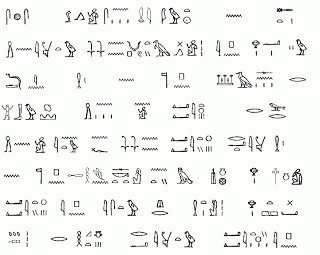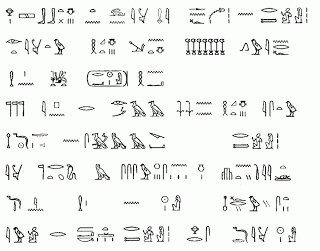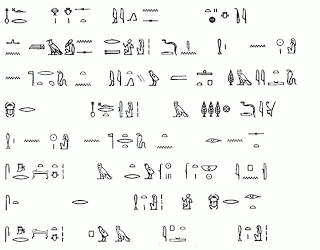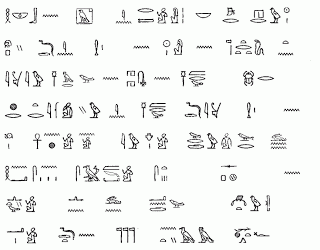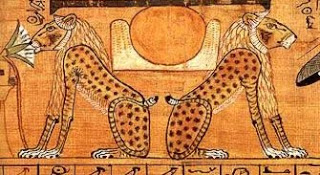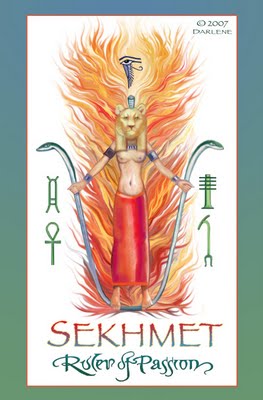

| Visitors Now: | |
| Total Visits: | |
| Total Stories: |

| Story Views | |
| Now: | |
| Last Hour: | |
| Last 24 Hours: | |
| Total: | |
The Destruction Of Mankind And The Flood
Posted by Dale Drinnon
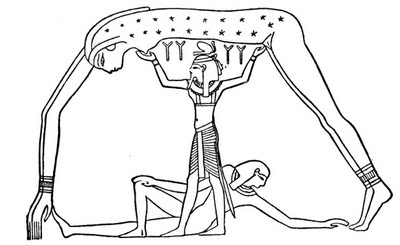
The Destruction of Mankind is an Egyptian myth that has been found in many retellings at different times during Egyptian history. It is pointed to as the Egyptian analogue of the Great Deluge of Noah. There is very good reason to presume it is the original description of the myth which Plato (or Solon) made into the end of Atlantis including the associated war and the loss of the land. Shown above is SHU, analogue of the Greek Atlas, who is mentioned toward the end of the story holding up Nut (Mother Night) as being shown here.
The wording of the end of the Atlantis document of Plato does parallel the wording at the beginning of the Destruction of Mankind: Sekhmet as being the Eye of Ra sent out of Ra’s forehead is the analogue of Athena (=Neith) springing fullgrown out of the forehead of Zeus, and the armed bowmen seeking to protect Ra from the blasphemous remnants of the antediluvians are exactly the same as the Athenians (People of Neith, or Sekhmet in this version) spoken of in the Platonic dialogues.
So for all intents and purposes, we do not know how Plato would have dressed up the myth in Greek language, we do have the outlines of the plot for the missing end piece of the Atlantis story.-DD.
The legend of the destruction of mankind is cut in hieroglyphs on the walls of a small chamber in the tomb of Seti I about 1350 B.C. When Râ,the self-begotten and self-formed god, had been ruling gods and men for some time, men began to complain about him, saying, “His Majesty hath become old. His bones have turned into silver, his flesh into gold, and his hair into real lapis-lazuli.” His Majesty heard these murmurings and commanded his followers to summon to his presence his Eye (i.e. the goddess Neith, as Sekhmet), Shu, Tefnut, Keb, Nut, and the father and mother gods and goddesses who were with him in the watery abyss of Nu, and also the god of this water, Nu. They were to come to him with all their followers secretly, so that men should not suspect the reason for their coming, and take flight, and they were to assemble in the Great House in Heliopolis, where Râ would take counsel with them. In due course all the gods assembled in the Great House, and they ranged themselves down the sides of the House, and they bowed down in homage before Râ until their heads touched the ground, and said, “Speak, for we are listening.” Then Râ addresing Nu, the father of the first-born gods, told him to give heed to what men were doing, for they whom he had created were murmuring against him. And he said, “Tell me what ye would do. Consider the matter, invent a plan for me, and I will not slay them until I have heard what ye shall say concerning this thing.” Nu replied, “Thou, O my son Râ, art greater than the god who made thee (i.e. Nu himself), thou art the king of those who were created with thee, thy throne is established, and the fear of thee is great. Let thine Eye (Hathor) attack those who blaspheme thee.” And Râ said, “Lo, they have fled to the mountains, for their hearts are afraid because of what they have said.” The gods replied, “Let thine Eye go forth and destroy those who blasphemed thee, for no eye can resist thine when it goeth forth in the form of Sekhmet.” Thereupon the Eye of Râ, or Sekhmet, went in pursuit of the blasphemers in the mountains, and slew them all. On her return Râ welcomed her, and the goddess said that the work of vanquishing men was dear to her heart. Râ then said that he would be the master of men as their king, and that he would destroy them. For three nights the goddess Sekhmet waded about [73]in the blood of men, the slaughter beginning at Hensu (Herakleopolis Magna). Then the Majesty of Râ ordered that messengers should be sent to Abu, a town at the foot of the First Cataract, to fetch mandrakes, and when they were brought he gave them to the god Sekti to crush. When the women slaves were bruising grain for making beer, the crushed mandrakes were placed in the vessels that were to hold the beer, together with some of the blood of those who had been slain by Hathor. The beer was then made, and seven thousand vessels were filled with it. When Râ saw the beer he ordered it to be taken to the scene of slaughter, and poured out on the meadows of the four quarters of heaven. The object of putting mandrakes in the beer was to make those who drank fall asleep quickly, and when the goddess Sekhmet came and drank the beer mixed with blood and mandrakes she became very merry, and, the sleepy stage of drunkenness coming on her, she forgot all about men, and slew no more. At every festival of The Goddess ever after “sleepy beer” was made, and it was drunk by those who celebrated the feast. Now, although the blasphemers of Râ had been put to death, the heart of the god was not satisfied, and he complained to the gods that he was smitten with the “pain of the fire of sickness.” He said, “My heart is weary because I have to live with men; I have slain some of them, but worthless men still live, and I did not slay as many as I ought to have done considering my power.” To this the gods replied, “Trouble not about thy lack of action, for thy power is in proportion to thy will.” Here the text becomes fragmentary, but it seems that the goddess Nut took the form of a cow, and that the other gods lifted Râ on to her back. When men saw that Râ was leaving the earth, they repented of their murmurings, and the next morning they went out with bows and arrows to fight the enemies of the Sun-god. As a reward for this Râ forgave those men their former blasphemies, but persisted in his intention of retiring from the earth. He ascended into the heights of heaven, being still on the back of the Cow-goddess Nut, and he created there Sekhet-hetep and Sekhet-Aaru as abodes for the blessed, and the flowers that blossomed therein he turned into stars. He also created the millions of beings who lived there in order that they might praise him. The height to which Râ had ascended was now so great that the legs of the Cow-goddess on which he was enthroned trembled, and to give her strength he ordained that Nut should be held up in her position by the godhead and upraised arms of the god Shu. This is why we see pictures of the body of Nut being supported by Shu. The legs of the Cow-goddess were supported by the various gods, and thus the seat of the throne of Râ became stable. When this was done Râ caused the Earth-god Keb to be summoned to his presence, and when he came he spake to him about the venomous reptiles that lived in the earth and were hostile to him. Then turning to Thoth, he bade him to prepare a series of spells and words of power, which would enable those who knew them to overcome snakes and serpents and deadly reptiles of all kinds. Thoth did so, and the spells which he wrote under the direction of Râ served as a protection of the servants of Râ ever after, and secured for them the help of Keb, who became sole lord of all the beings that lived and moved on and in his body, the earth. Before finally relinquishing his active rule on earth, Râ summoned Thoth and told him of his desire to create a Light-soul in the Tuat and in the Land of the Caves. Over this region he appointed Thoth to rule, and he ordered him to keep a register of those who were there, and to mete out just punishments to them. In fact, Thoth was to be ever after the representative of Râ in the Other World. This texts tells the story of Re’s plan to destroy the human race because he came to hear of mankind’s plots against him. After an initial spate of destruction by the Eye of Re, the sun god relented and came up with a plan to save the remainder of mankind.
The text itself comes down to us via inscriptions from five royal tombs of the New Kingdom: Tuntankhamun, Seti I, Ramses II, Ramses III, Ramses VI. The copy presented here is scanned from Gods of the Egyptians, vol 1, by E.A Wallis Budge, the copyright having expired on this publication. The scanned images have had Budge’s outdated transliteration and translation removed and the hieroglyphic text updated and corrected based on the more recent publication by Erik Hornung in Der Ägyptische Mythos Von Der Himmelskuh. In addition, sections of the text have been checked for correctness agains photographs of the inscriptions from the tomb of Seti I in Das Grab Sethos’ I. by Erik Horning, pp194-195.
This representation shows the “Cleft Mountain at the End of the World” or KHUT which was interpreted in the Platonic dialogues version as the “Pillars of Hercules” or Straits of Gibralter. It would seem that in Ancient Egyptian days there was a population of Marozi (Spotted Lions) in the Atlas Mountains region of North Africa.
It is easy enought to see that Sekhmet is represented as a comet sheathed in flames, and it would seem that the comet had split into thirds in this depiction. The Goddess hereslf is also shown as represented by a curved sword (Khopesh) and the two serpents would also convey the meaning of “Going down to the Underworld in the West (Sunset) It would seem that when Atlantis went down the whole ocean was “Bloody” probably what Plato refers to as the “Sea of Mud” and the Goddess of Desctruction grew drunk on killing, grew sleepy and laid down to rest-at the bottom of the Atlantic Ocean. The area is subsequently identified internally as the “Land of the Dead” (Tuat) and the Fields of the Blessed (Sekhet Aaru), both concepts also separately identified with Atlantis by different authorities in Different texts.



